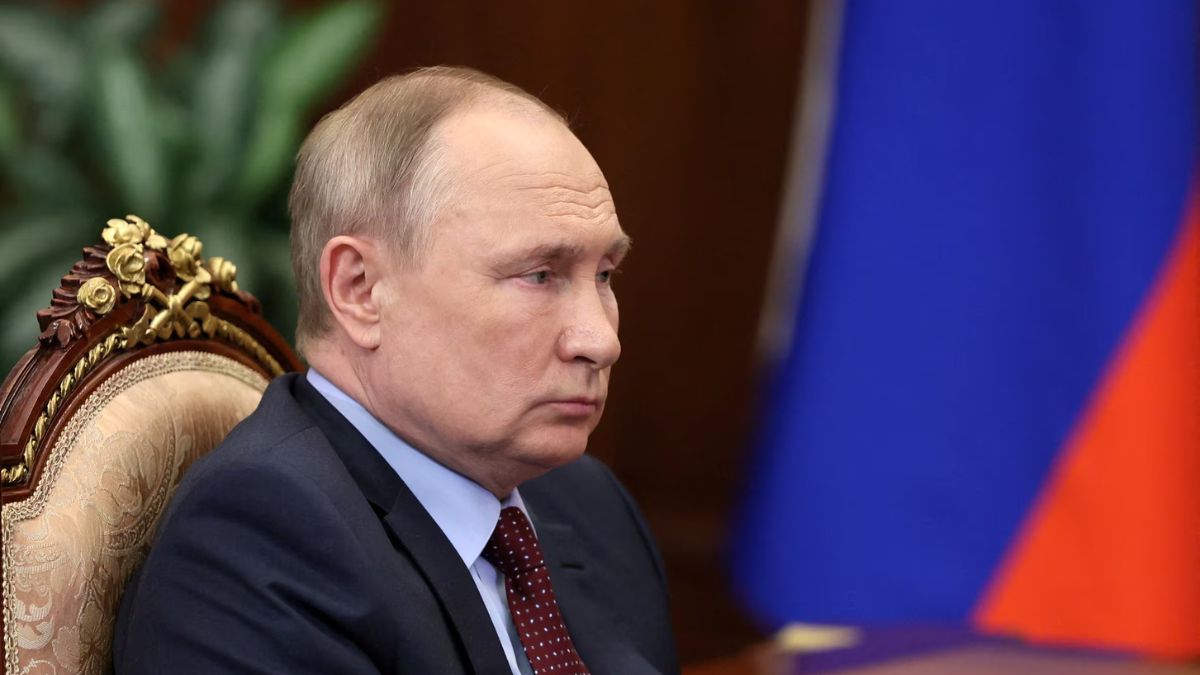Since the annexation of Crimea in 2014, the West has imposed numerous sanctions on Russia. These sanctions intensified significantly following Russia’s full-scale invasion of Ukraine in February 2022. Despite these measures, Russia has shown a remarkable resilience, employing various strategies to bypass the restrictions. We explain the methods Russia uses to get around Western sanctions in depth.
The extent of sanctions on Russia
Since 2014, the United States and the European Union (EU) have levied a multitude of sanctions against Russia. These measures were designed to target key sectors of the Russian economy, including finance, energy, and defence. Following the invasion of Ukraine in 2022, the West imposed even stricter sanctions, aiming to cripple Russia’s ability to sustain its military operations. The US alone has sanctioned 4,000 businesses and individuals since Febrauary 2022, according to CNBC.
Recently, ahead of the G7 summit, Washington introduced over 300 new sanctions, specifically targeting individuals and companies aiding Russia in evading earlier sanctions. Despite these extensive efforts, Russia continues to find ways around these restrictions.
How?
The Eurasian roundabout
One of the most effective methods Russia employs to bypass Western sanctions is through what has been termed the “Eurasian roundabout.” This involves rerouting sanctioned goods through intermediary countries that are not part of the sanctions regime. In particular, former Soviet republics like Armenia, Kazakhstan, and Kyrgyzstan play crucial roles in this. These countries are members of the Eurasian Economic Union, a customs-free trade bloc with Russia. That means that goods between these countries and Russia flow unimpeded.
A study by Maxim Chupilkin, Beata Javorcik, and Alexander Plekhanov titled “The Eurasian Roundabout: Trade Flows into Russia through the Caucasus and Central Asia” sheds light on this phenomenon. The study analyzed HS6 product-level data on bilateral monthly exports, revealing a sharp decline in direct exports from the EU to Russia following the imposition of sanctions in March 2022. Simultaneously, there was a notable increase in EU exports to Armenia, Kazakhstan, and Kyrgyzstan, all until recently members of the Collective Security Treaty Organization (CSTO) particularly for products subject to sanctions.
Impact Shorts
More ShortsData from Eric Dor, director of economic studies at the IESEG School of Management, supports these findings, AFP reported. His analysis indicates that EU exports of high-priority items to Russia plummeted by 95 per cent between October 2022 and September 2023 compared to the same period in 2020-2021. Conversely, exports of these items to Armenia, Kazakhstan, and Kyrgyzstan surged dramatically, suggesting that these goods are being re-exported to Russia.
Assistance from China and other nations
China, along with countries like Turkey and the UAE, has also played a significant role in helping Russia bypass sanctions. Chinese and Hong Kong-based companies have been implicated in shipping millions of dollars’ worth of materials to Russia, including items that could be used in Russian weapon systems. China’s extensive manufacturing capabilities make it a vital supplier of critical components, some of which are originally produced by Western companies but find their way to Russia via Chinese intermediaries.
Turkey and the UAE serve as additional conduits for sanctioned goods. These countries re-export products to Russia, exploiting loopholes in the sanctions regime. This cooperation has made it increasingly challenging for the West to enforce its punitive measures effectively.
Corporate evasions and the complexity of enforcement
Many companies have adopted sophisticated tactics to evade sanctions. One common strategy involves establishing operations in third countries, thereby facilitating the indirect export of goods to Russia. Additionally, some companies create shell companies to obscure their involvement in transactions with sanctioned entities. This adds a layer of complexity for regulatory authorities attempting to track and enforce compliance.
Another method involves stripping products for their parts. For example, Russia has been suspected of repurposing electronic components from consumer goods like washing machines and dishwashers. The European Union exported 1.6 million euros worth of washing machines to Kazakhstan between 2020-2021. This figure skyrocketed to over 18 million euros in subsequent years, representing a 1,310 percent increase. These components are then used to replace sanctioned parts in critical industries.
The challenge of meaningful sanctions
The US has acknowledged the difficulty in imposing meaningful sanctions on Russia. Aaron Forsberg, the State Department’s Director for Economic Sanctions Policy and Implementation, told the Associated Press, “We have to be very honest with ourselves that Putin is a very capable adversary who is willing to adapt and find those willing collaborators.”
Despite this, sanctions continue to play a crucial role in raising the costs for Russia, even if they do not completely halt the flow of illicit goods. The primary aim of embargoes, which is to complicate Russia’s access to crucial technologies, is also somewhat fulfilled. These measures aim to deter countries and companies from assisting Russia and threaten foreign financial institutions with penalties if they engage with sanctioned Russian entities. Nevertheless, cunning businesses and complex evasion tactics continue to undermine these efforts.
With inputs from agencies


)

)
)
)
)
)
)
)
)



